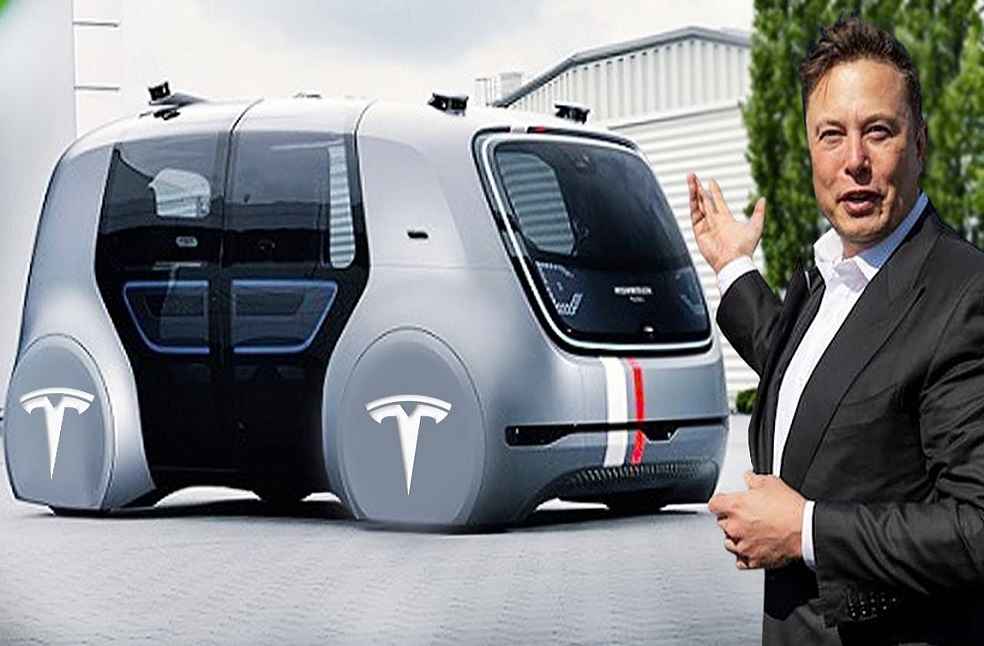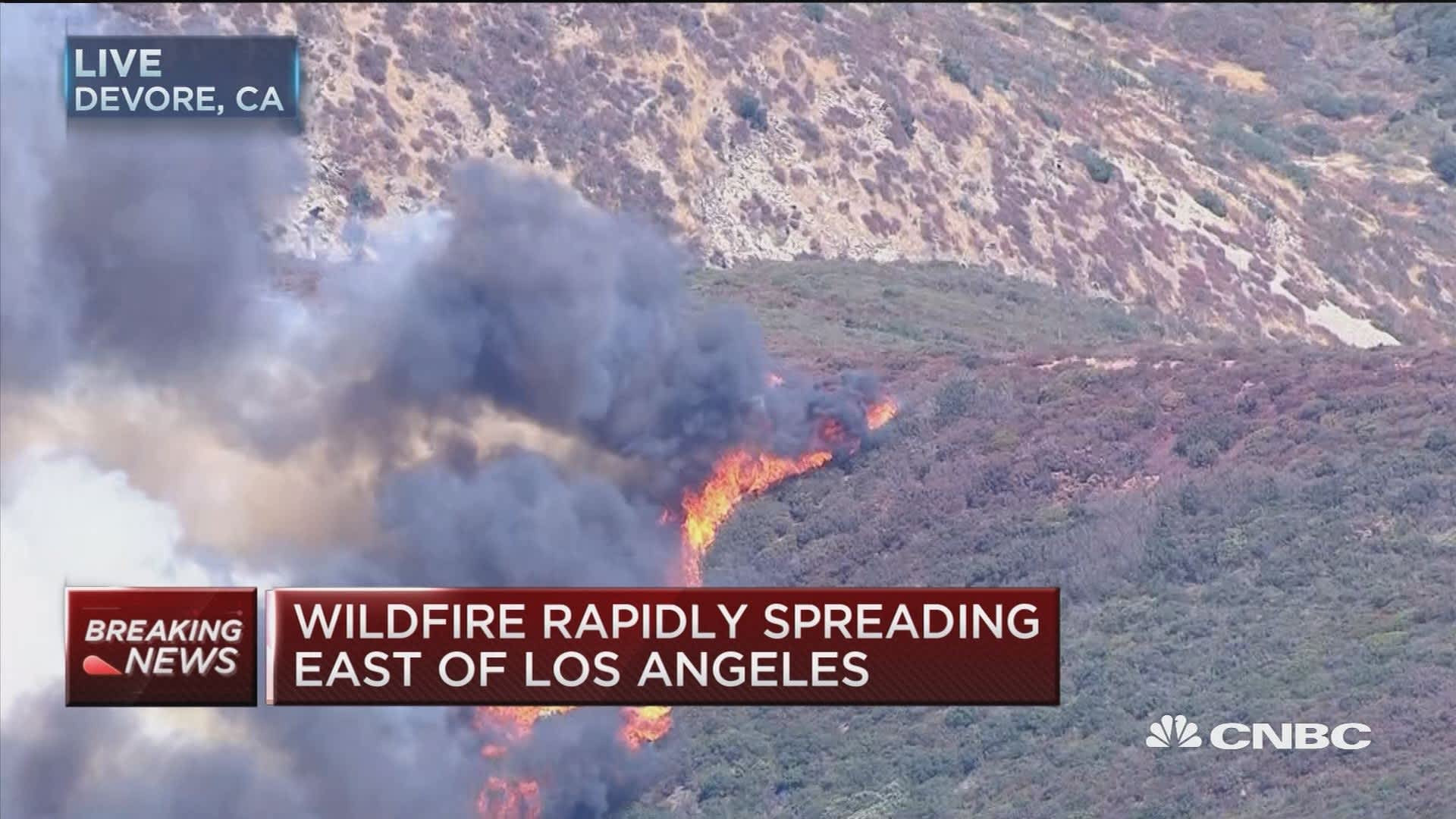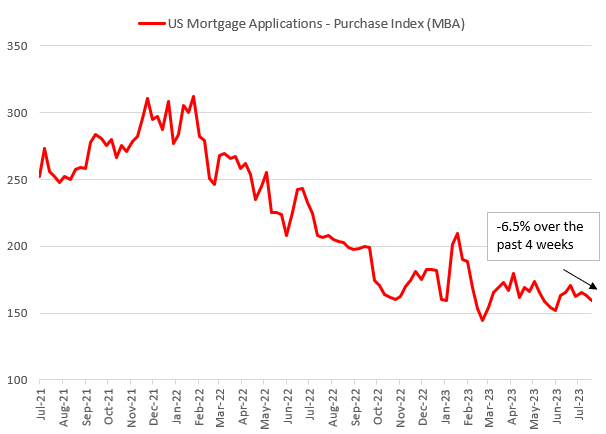Elon Musk's Robotaxi Dream: A Reality Check

Table of Contents
Technological Hurdles to Autonomous Driving
The path to fully autonomous robotaxis is paved with significant technological challenges. Overcoming these hurdles is crucial for realizing Elon Musk's vision and ensuring the safety and reliability of self-driving vehicles.
The Complexity of Self-Driving Software
Developing software capable of handling the unpredictable nature of roads is a monumental task. Autonomous vehicles need to process vast amounts of data from various sensors in real-time to make safe and efficient driving decisions.
- Edge cases: Unforeseen situations, like a rogue ball bouncing into the street or a sudden flock of birds, pose immense challenges for AI algorithms.
- Sensor limitations: LiDAR, radar, and cameras, while advanced, have limitations in their range, accuracy, and ability to interpret complex scenarios, especially in challenging weather conditions like heavy rain or snow.
- Real-time decision-making complexities: The software must make split-second decisions with potentially life-or-death consequences, requiring an incredibly high level of reliability and accuracy.
- Machine learning limitations: While machine learning improves AI performance, it still struggles with edge cases and requires continuous training and improvement using massive datasets.
The difficulty lies in training AI to make these split-second decisions consistently and correctly. Several autonomous vehicle accidents have highlighted the limitations of current technology and the need for substantial improvement.
Hardware Limitations and Costs
Beyond software, the hardware required for fully autonomous vehicles presents significant challenges in terms of cost and technological limitations.
- High cost of LiDAR: LiDAR sensors, crucial for precise 3D mapping, are currently expensive, hindering widespread adoption of autonomous technology.
- Processing power needs: Real-time processing of sensor data demands substantial computing power, requiring powerful and energy-efficient processors.
- Battery life for autonomous vehicles: The energy consumption of these powerful processors and sensors impacts battery life, limiting the operational range of robotaxis.
- Durability and maintenance of sensors: Sensors must withstand harsh environmental conditions and require regular maintenance, adding to the overall cost of operation.
The current state of technology is far from achieving the level of reliability and affordability necessary for widespread robotaxi deployment. Significant breakthroughs are needed to reduce costs and improve the robustness and longevity of the hardware.
Regulatory and Legal Challenges
The regulatory landscape surrounding autonomous vehicles is complex and varies significantly across different jurisdictions, creating further hurdles for the widespread adoption of robotaxis.
Navigating the Legal Framework for Self-Driving Cars
The legal framework surrounding self-driving cars is still evolving, creating uncertainty and challenges for developers and regulators alike.
- Liability in accidents: Determining liability in accidents involving autonomous vehicles is a complex legal issue, with debates ongoing about the responsibility of manufacturers, software developers, and vehicle owners.
- Insurance requirements: New insurance models are needed to adequately cover the risks associated with autonomous vehicles.
- Data privacy concerns: Autonomous vehicles collect vast amounts of data, raising important privacy and security considerations.
- Testing and deployment regulations: Strict testing and deployment regulations are needed to ensure public safety.
- International standards: Developing international standards for autonomous vehicles is crucial for promoting interoperability and global adoption.
Establishing clear liability in accidents is paramount, requiring careful consideration of the roles played by various stakeholders. The lack of consistent regulations across different jurisdictions also poses a challenge for the development and deployment of autonomous vehicles.
Public Acceptance and Trust
Public acceptance and trust are critical for the successful implementation of robotaxis. Overcoming public fear and skepticism requires addressing safety concerns and building confidence in the technology.
- Overcoming public fear and skepticism: Many people harbor concerns about the safety and reliability of self-driving cars.
- Addressing safety concerns: Transparency about safety testing and accident data is essential for building public trust.
- Building confidence in the technology: Demonstrating the reliability and safety of autonomous vehicles through rigorous testing and real-world deployments is vital.
- Ethical considerations: Addressing ethical dilemmas related to autonomous vehicle decision-making in critical situations is crucial.
Effective communication strategies are vital to address public concerns, highlight safety features, and emphasize the potential benefits of robotaxis. Building trust will be a key factor in the widespread acceptance of this revolutionary technology.
Economic and Societal Impacts of Robotaxis
The introduction of robotaxis will have profound economic and societal impacts, presenting both opportunities and challenges.
Job Displacement and Economic Transformation
The widespread adoption of robotaxis will inevitably lead to job displacement, primarily affecting professional drivers.
- Job losses in the transportation sector: Millions of jobs in the taxi, trucking, and delivery sectors could be affected.
- Potential for new job creation in related industries: New jobs will be created in areas like software development, AI engineering, and vehicle maintenance.
- Economic benefits of increased efficiency: Robotaxis could improve traffic flow and reduce congestion, leading to economic benefits.
- Social safety nets needed for displaced workers: Retraining and support programs will be essential to help workers transition to new jobs.
Addressing the potential for job displacement is crucial, necessitating proactive measures to mitigate its negative impacts and ensure a just transition for affected workers.
Infrastructure Requirements and Urban Planning
Successful robotaxi implementation requires significant changes to existing infrastructure and urban planning.
- Adapting roads and infrastructure for autonomous vehicles: Roads and infrastructure need to be adapted to support autonomous navigation.
- Impact on parking requirements: The need for parking spaces could decrease due to optimized routing and ride-sharing.
- The role of smart cities: Smart city initiatives can play a crucial role in facilitating the integration of robotaxis.
- Potential for increased traffic congestion: Improper implementation could exacerbate traffic congestion rather than alleviate it.
Careful urban planning and infrastructure development are vital to harness the potential benefits of robotaxis while minimizing their negative impacts.
Conclusion
Elon Musk's robotaxi vision presents a compelling future of transportation, but realizing this dream faces significant technological, regulatory, and societal hurdles. While advancements in AI and autonomous vehicle technology are promising, the complexities of ensuring safety, reliability, and public trust remain substantial. Successfully deploying a widespread robotaxi network will require overcoming these challenges through collaborative efforts from technology developers, regulators, and society at large. Further research and development, along with robust regulatory frameworks, are crucial for navigating the path toward a truly autonomous robotaxi future. The question remains: is Elon Musk's ambitious goal a realistic near-future possibility, or a longer-term aspiration? Only time will tell if the robotaxi dream will become a reality. The future of robotaxis hinges on addressing these multifaceted challenges proactively and collaboratively.

Featured Posts
-
 Top North East Locations For Your Easter Break
Apr 25, 2025
Top North East Locations For Your Easter Break
Apr 25, 2025 -
 Then And Now North East Babies Born During Lockdown
Apr 25, 2025
Then And Now North East Babies Born During Lockdown
Apr 25, 2025 -
 Ankara Emniyet Mueduerluegue Nuen Modern Yeni Yerleskesi
Apr 25, 2025
Ankara Emniyet Mueduerluegue Nuen Modern Yeni Yerleskesi
Apr 25, 2025 -
 Sadie Sink Visits Stranger Things Broadway Cast A Night Off Photo
Apr 25, 2025
Sadie Sink Visits Stranger Things Broadway Cast A Night Off Photo
Apr 25, 2025 -
 Hollywood Shut Down Writers And Actors Strike Impacts Film And Television
Apr 25, 2025
Hollywood Shut Down Writers And Actors Strike Impacts Film And Television
Apr 25, 2025
Latest Posts
-
 The Ethics Of Betting On The Los Angeles Wildfires And Similar Events
Apr 26, 2025
The Ethics Of Betting On The Los Angeles Wildfires And Similar Events
Apr 26, 2025 -
 Are We Normalizing Disaster Betting The Los Angeles Wildfires Example
Apr 26, 2025
Are We Normalizing Disaster Betting The Los Angeles Wildfires Example
Apr 26, 2025 -
 The China Factor Analyzing The Difficulties Faced By Premium Car Brands
Apr 26, 2025
The China Factor Analyzing The Difficulties Faced By Premium Car Brands
Apr 26, 2025 -
 Gambling On Catastrophe The Los Angeles Wildfires And The Future Of Disaster Betting
Apr 26, 2025
Gambling On Catastrophe The Los Angeles Wildfires And The Future Of Disaster Betting
Apr 26, 2025 -
 Navigating The Chinese Market The Struggles Of Bmw Porsche And Other Auto Brands
Apr 26, 2025
Navigating The Chinese Market The Struggles Of Bmw Porsche And Other Auto Brands
Apr 26, 2025
